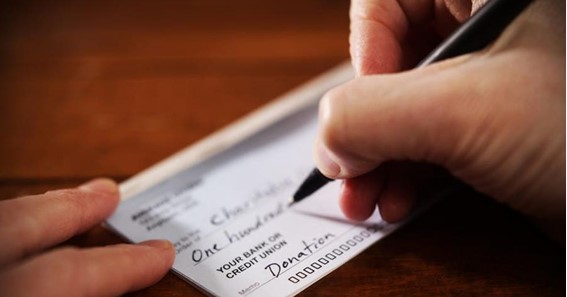Do you have a savings account in India and wondering if you can write cheques from it? The answer is yes! Almost all banks in India offer chequebook services to their customers when they open a savings account. To write a cheque, fill in the recipient details, date, and amount. Sign the cheque and hand it to the recipient, who can then deposit it into their own account. Make sure there are sufficient funds in your savings account to cover the cheque amount, or else it may bounce, leading to penalties and fees.
Banks in India issue a certain number of cheque leaves for free, after which they may levy charges for additional cheques. Cheques also offer additional benefits, as they are recorded with the bank and reflect in your account details, unlike cash transactions. This helps in maintaining reliable track records for financial transactions.
Other ways to make a payment from a savings account besides cheques
- Mobile banking apps
Many banks today offer a dedicated mobile banking app to facilitate convenient, fast, and secure transactions. It helps you access your account 24/7, view statements, open FD, invest money and even conduct transactions, all through your mobile phones. Just download the bank’s mobile banking app and register your personal and savings account details. Once done, you can pay your bills, make online purchases, invest money, and even send money to friends and family.
These apps also allow you to open a savings account online. They offer tools to check interest rates and required documentation to help you complete the bank account opening process in minutes.
- UPI payment apps
Unified Payments Interface or UPI, enables instant payments, allowing you to transfer funds with just a few clicks. The services are offered through UPI based apps that can be used to send money, pay bills, recharge mobile phones, and make online purchases. You can link multiple online bank savings accounts to a single UPI ID and transact from a single location.
UPI apps are also secure due to password protection, UPI PIN, and two-factor authentication. These features keep your transactions safe and secure from fraudsters.
- E-wallets
An e-wallet is like a digital wallet that you can use on your phone, web browser or through an app. They are fast and help you to transfer money to and from your bank account or pay for different services within seconds. Just create a bank account online and link it with your E-wallet to start transactions.
Many e-wallets also have extra security features like one-time passwords, OTP verification, and fingerprints. So, whether you want to pay for electricity, shopping, mobile phones or subscriptions, your transactions are protected.
Click here – Why Should You Consider an M.Tech to Advance Your Technical Skills?
- Debit card payments
When you create a bank account online, you receive a debit card with your password details. You can use it to withdraw at ATMs, swipe at a point-of-sale machine, or make online payments. To shop online, just provide your card details while checking out and you are done!
To wrap up
Writing cheques from a savings account is indeed possible and can be a convenient option for those who prefer this traditional payment method. However, savings accounts offer many other benefits besides cheque writing. These benefits are higher savings interest rates, ATM facilities, instant access to funds, and other online banking services.
You can easily open a savings account online or by filling out a form at a bank branch. It is even better to contact your bank beforehand to gather information about the documents required for a savings account and other eligibility criteria. This helps you avoid any delay and ensure a hassle-free account opening process.






